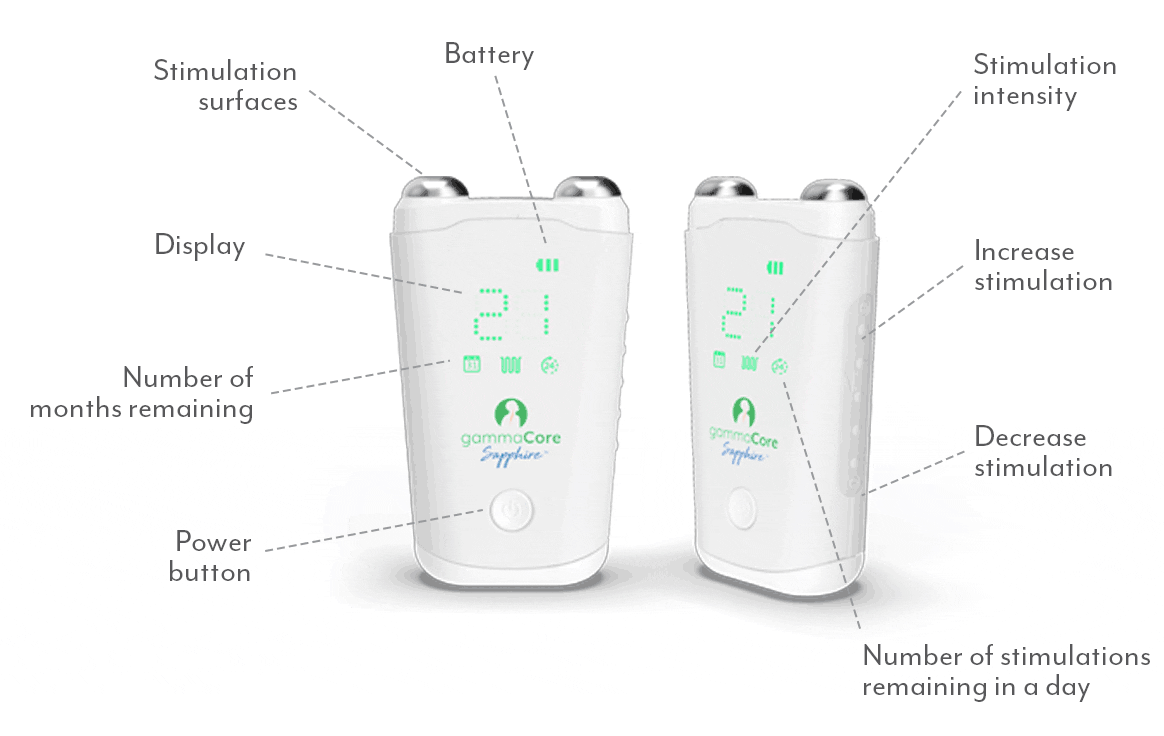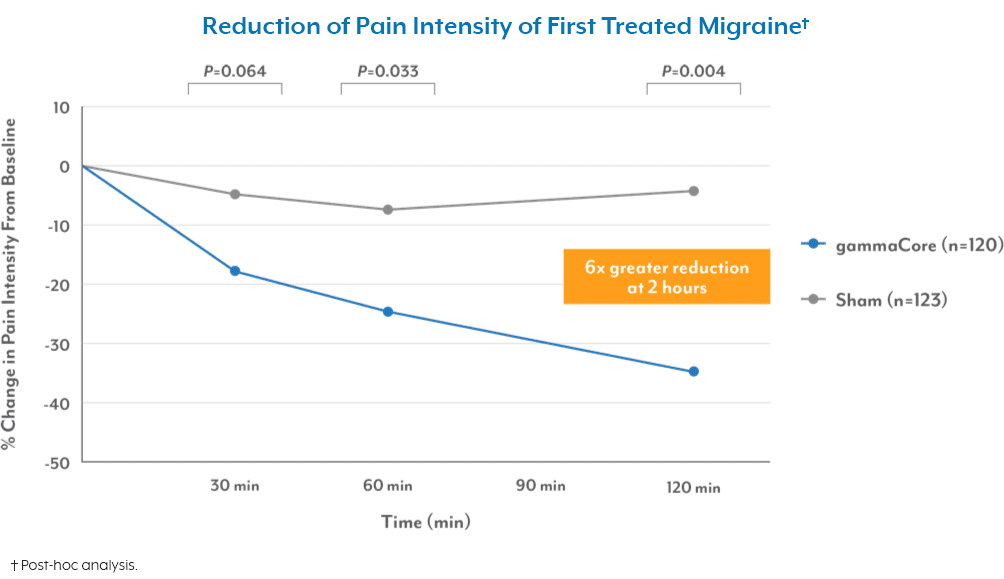
Living with migraines can be challenging, but understanding the terminology associated with this condition can empower you to navigate it more effectively. Whether you’re new to migraines or a seasoned migraine warrior, having a grasp of these key terms can help you communicate more clearly with health care providers, advocate for yourself, and make informed decisions about your treatment plan.
Before getting into the list of migraine terms you should know, let’s start with the basics. The term “migraine” does not just refer to a headache; it’s a neurological condition characterized by recurrent episodes of moderate to severe head pain often accompanied by other symptoms like nausea, sensitivity to light and sound, and visual disturbances.
Top Migraine Terms
Abortive Medications: These medications are designed to stop a migraine attack once it has begun and work by targeting specific pathways involved in the migraine process. They can include over-the-counter pain relievers like ibuprofen or prescription-based acute medications like triptans.
Aura: Some people experience aura before or during a migraine attack. Aura refers to sensory disturbances that can manifest as visual disturbances (like seeing flashing lights or zigzag lines), tingling or numbness in the face or hands, or difficulty speaking.
Chronic Migraine: This is when you experience a headache at least 15 days per month for at least three months, with at least eight of those instances including migraine symptoms (such as throbbing pain, nausea, sensitivity to light and sound).1 This condition can significantly impact daily life and often requires a comprehensive treatment approach involving both acute and preventive medications, lifestyle modifications, and sometimes alternative therapies.
Episodic Migraine: Unlike chronic migraine, episodic migraine is characterized by recurrent attacks that occur on fewer than 15 days per month, lasting anywhere from a few hours to several days. These migraines typically involve moderate to severe pulsating pain, often accompanied by symptoms such as nausea, sensitivity to light and sound, and, in some cases, aura. Episodic migraineurs tend to have less frequent and less severe attacks compared to chronic migraineurs.
Menstrual Migraine: These are migraine attacks that occur in association with a woman’s menstrual cycle, typically within a specific window before, during, or after menstruation, and are often triggered by hormonal fluctuations. Women who experience menstrual migraines may notice a pattern of increased susceptibility to migraines during certain phases of their menstrual cycle.
Ocular Migraine: Also known as retinal migraine or visual migraine, ocular migraine primarily affects vision and is characterized by temporary visual disturbances or changes in one eye, such as flashing lights, zigzag lines, blind spots, or temporary loss of vision. These symptoms typically resolve within an hour and may or may not be followed by head pain (or migraine).
Postdrome: This is the final phase of a migraine attack, occurring after the head pain has subsided. In this stage, individuals may feel lingering symptoms such as fatigue, mood changes, difficulty concentrating, and general feelings of malaise. This phase can last anywhere from a few hours to several days.
Preventive Medications: Preventive medications are drugs taken regularly to reduce the frequency and severity of migraine attacks.
Prodrome: This is the early phase of a migraine attack that can occur hours or even days before the migraine begins. Symptoms of prodrome can include mood changes, food cravings, increased thirst, and fatigue.
Triggers: Triggers are factors that can precipitate or exacerbate migraine attacks. They vary from person to person but may include certain foods (like aged cheese or processed meats), hormonal changes, stress, lack of sleep, weather changes, and sensory stimuli like bright lights or strong odors.
Vestibular Migraine: In addition to typical migraine symptoms (e.g., headache, nausea, sensitivity to light and sound, etc.), individuals with vestibular migraines may experience vertigo or dizziness lasting minutes to hours. These symptoms may occur with or without a headache.
gammaCore Terms
gammaCore™ non-invasive vagus nerve stimulator (nVNS) is a portable, handheld device designed to relieve acute migraine pain and reduce the frequency of migraine attacks by delivering therapeutic stimulation to the vagus nerve. It’s an innovative solution that offers hope to migraine sufferers seeking effective, convenient, non-drug treatment options. Below are a few terms to help you learn more about gammaCore nVNS and how it can help.
FDA-Cleared: gammaCore has received clearance from the U.S. Food and Drug Administration (FDA) for six indications, including migraine and cluster headache. This regulatory approval provides assurance of its safety and efficacy. gammaCore is also the first and only FDA-cleared non-invasive device to treat and prevent multiple types of headache pain via the vagus nerve.
Non-Invasive: Unlike some other migraine treatments that require injections or invasive procedures, gammaCore is non-invasive, meaning it doesn’t involve any needles or surgical interventions. Instead, it delivers therapeutic stimulation through the skin on the side of the neck (the best way to reach the vagus nerve), making it a convenient and well-tolerated option for many migraine sufferers.
Vagus Nerve: The vagus nerve is the longest cranial nerve in the body and plays a key role in regulating many bodily functions, including regulating pain. Stimulating the vagus nerve with gammaCore blocks the pain signals that cause migraine attacks, providing fast relief from migraine pain and preventing future attacks before they happen.
To see if gammaCore is right for you, visit our clinic finder to locate a health care provider near you, or contact our dedicated Customer Experience team at 888-903-2673 or customerservice@electrocore.com.
References
1. (n.d.). Chronic migraine. The Migraine Trust. Retrieved May 14, 2024, from https://migrainetrust.org/understand-migraine/types-of-migraine/chronic-migraine/



